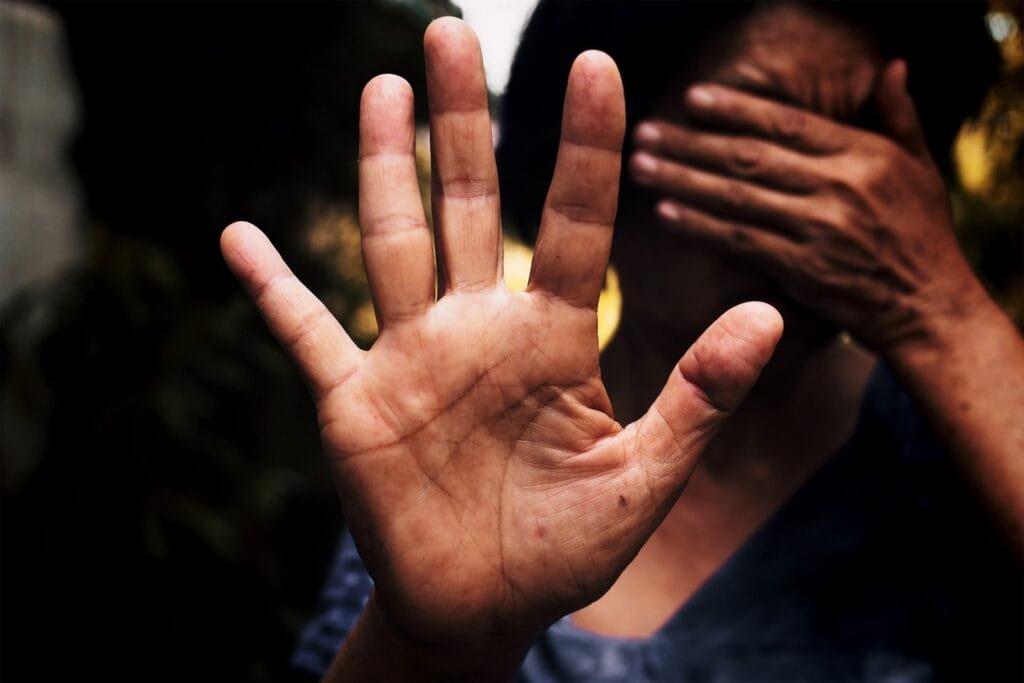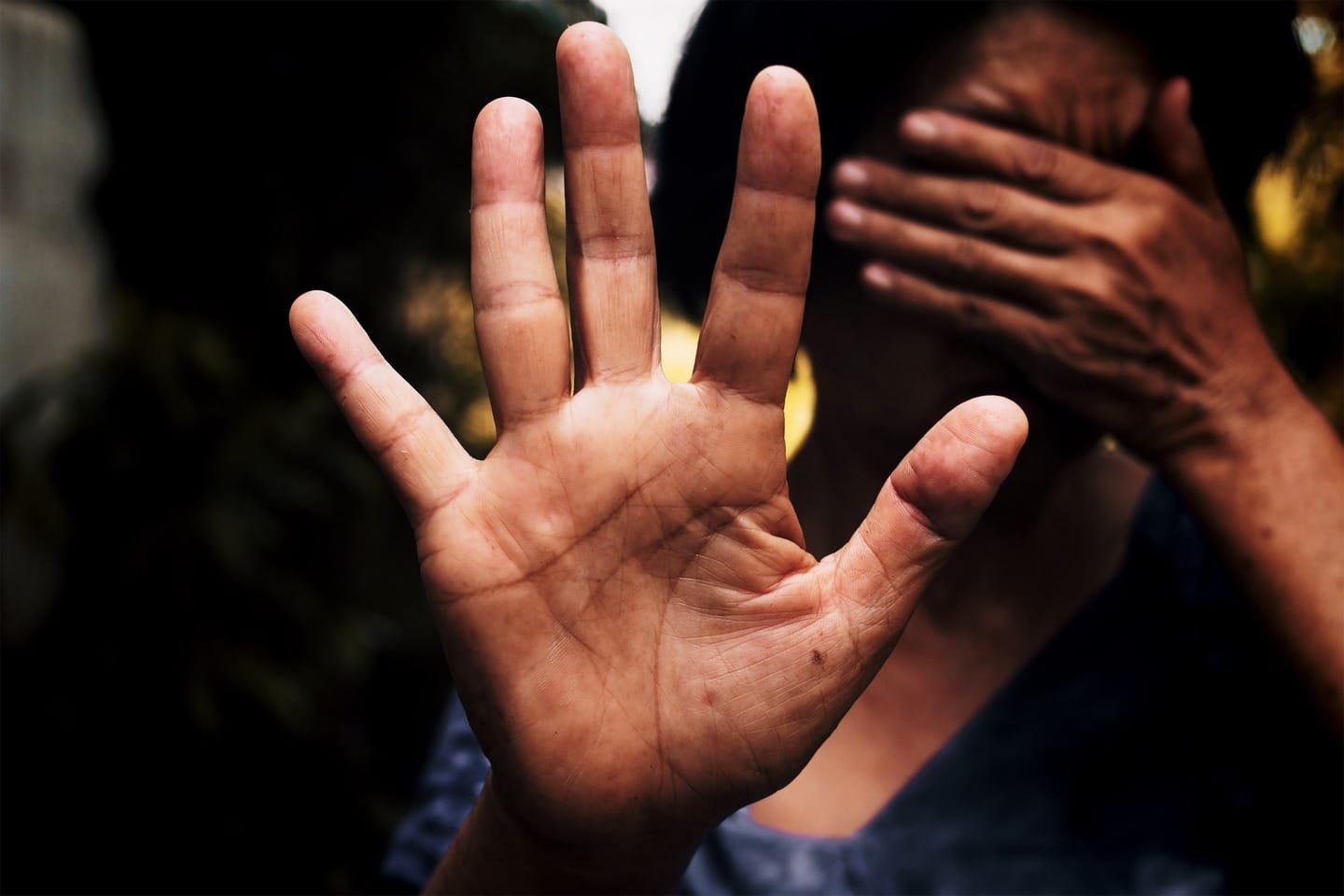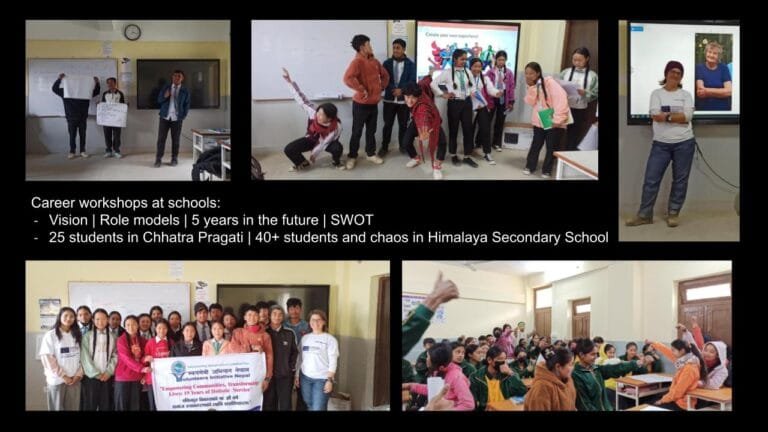Breaking the Chains of Gender-Based Violence
Gender-based violence (GBV) is a pervasive issue that transcends borders, cultures, and socioeconomic statuses. The World Health Organization (WHO) reports that 1 in 3 women worldwide has experienced physical or sexual violence in her lifetime. This sobering statistic reveals the scale of an issue that destroys lives, fractures communities, and perpetuates inequality.
However, GBV is preventable. Through initiatives like the “Gender-Based Violence Prevention Program” by Volunteers Initiative Nepal (ViN), we can address the root causes, support survivors, and build safer communities.

What is Gender-Based Violence?
Gender-based violence refers to harmful actions directed at individuals because of their gender. It includes physical, emotional, sexual, and psychological abuse. While anyone can be a victim, women and girls are disproportionately affected.
Common Forms of Gender-Based Violence
- Domestic Violence: Abuse by a family member or intimate partner.
- Sexual Assault: Any non-consensual sexual act.
- Intimate Partner Violence (IPV): Repeated abuse in a romantic relationship.
- Human Trafficking: Exploitation for labor or sexual purposes.
A Survivor’s Voice
“I never thought I could escape the cycle of abuse. But with the right support and education, I found my strength again.” – A survivor from Nepal.

ViN’s Gender-Based Violence Prevention Program
Volunteers Initiative Nepal (ViN) has been at the forefront of tackling GBV in rural Nepal. Their Gender-Based Violence Prevention Program focuses on empowering communities through education and advocacy.
Key Components of the Program
- Community Workshops: ViN conducts awareness sessions to educate people about gender equality, consent, and the harmful effects of GBV.
- Women’s Empowerment Initiatives: Programs provide women with skills, training, and economic opportunities, reducing their vulnerability to violence.
- Youth Engagement: ViN actively encourages youth to challenge harmful norms and advocate for change.
- Support Systems for Survivors: The program connects survivors to counseling services, shelters, and legal aid.
Causes of Gender-Based Violence
GBV arises from unequal power dynamics reinforced by cultural norms and systemic issues.
Key Factors
- Cultural Norms: Beliefs that normalize male dominance and female submission.
- Economic Inequality: Poverty increases vulnerability to abuse.
- Weak Legal Systems: Inadequate enforcement of laws against violence.
UN Women emphasizes that GBV stems from gender inequality, stating, “Violence against women and girls is a human rights violation rooted in unequal power relationships.”
The Impact of Gender-Based Violence
The effects of GBV ripple through families and societies, causing profound harm.
Effects on Individuals
- Physical Injuries: From minor bruises to life-threatening injuries.
- Mental Health Issues: Victims often face depression, anxiety, and PTSD.
- Economic Disruption: Survivors may lose jobs or drop out of school.
Effects on Society
- Economic Costs: The World Bank estimates that intimate partner violence costs some countries up to 3.7% of their GDP.
- Social Instability: Communities with high GBV rates often struggle with trust and cooperation.
Preventing Gender-Based Violence
Prevention is key to breaking the cycle of violence. Here are proven strategies:
1. Educate Communities
Education fosters understanding and respect. Schools and communities should teach about gender equality, consent, and healthy relationships. ViN’s awareness campaigns are prime examples of how education can transform attitudes in rural Nepal.
2. Strengthen Laws and Enforcement
Governments must enact and enforce stringent laws. According to the United Nations Development Programme (UNDP), “Countries with comprehensive laws against GBV report fewer violence cases.”
3. Empower Women and Girls
Programs that provide education, job opportunities, and leadership training can help women become financially independent and less vulnerable to abuse.
4. Engage Men and Boys
Campaigns like HeForShe and ViN’s youth initiatives show how men can challenge harmful norms and become allies.
Supporting Survivors of Gender-Based Violence
Survivors of GBV need immediate help and long-term support to rebuild their lives.
1. Emergency Support
Provide survivors with:
- Hotlines: Immediate assistance through crisis centers.
- Shelters: Safe spaces for victims fleeing violence.
- Medical Care: Treatment for physical and emotional injuries.
2. Counseling and Therapy
Access to mental health professionals helps survivors heal. As one counselor shares:
“Survivors need someone to listen without judgment. Therapy can be the first step to recovery.”
3. Legal Aid
Legal support ensures justice. Encourage survivors to report abuse and help them navigate the legal system.
Real-Life Success Stories from ViN
Empowering Women in Okhaldhunga
Through ViN’s skill development workshops, women in Okhaldhunga have started their small businesses. One participant shared:
“ViN gave me hope and tools to stand on my own. Now, I can provide for my family and feel safer.”
Transforming Youth Perspectives
In ViN’s youth-focused programs, young men and women discuss gender roles and learn to respect each other’s rights. A student from a recent workshop said,
“I now understand how small actions can make a big difference in stopping violence.”
Frequently Asked Questions
What is Gender-Based Violence?
Gender-based violence includes harmful acts like domestic violence, sexual assault, and human trafficking, often targeting women and girls.
How Can GBV Be Prevented?
Education, strong laws, and community programs can prevent GBV. Engaging men and promoting equality are also crucial steps.
What Are the Effects of GBV on Society?
GBV leads to economic loss, social instability, and increased healthcare costs.
How to Support Survivors?
Listen without judgment, provide resources, and encourage survivors to seek legal and emotional help.
What is ViN’s Gender-Based Violence Prevention Program?
ViN’s program addresses GBV through education, empowerment, and support systems for survivors, particularly in rural Nepal.
Final Words
Ending Gender-Based Violence requires a collective effort. By educating ourselves, supporting survivors, and advocating for change, we can create a world where everyone lives free from fear.
As the famous activist Malala Yousafzai said, “We cannot all succeed when half of us are held back.” Let’s break the chains of violence and build a future of equality and safety.






[…] center also hosted sessions for women, focusing on critical topics like human trafficking prevention and emotional […]